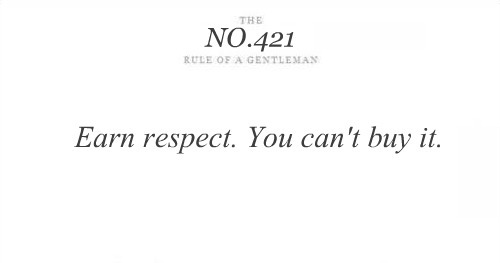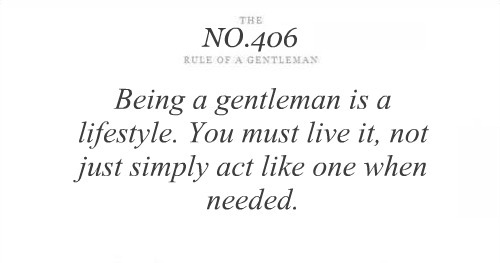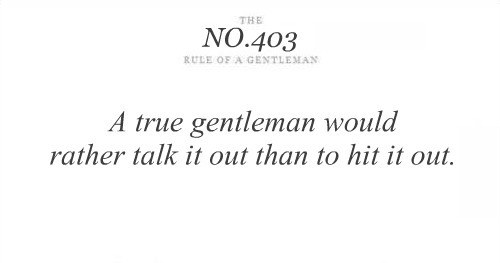Shaving made easy is a book from 1904 that I have mentioned before on my blog.. it’s an interesting read and it’s free (as in beer), so why not
download it and give it a read? Even if it’s 111 years since the book was printed, the advice given is just as valid.
CARE OF THE FACE AFTER SHAVING.
Most men who shave themselves seem to think that when they have removed the beard, they have nothing further to do. This is a great mistake. They undervalue the importance of a proper treatment of the face. A quick and easy way of caring for the face after shaving, is to remove the lather by a thorough washing, then to apply either witch hazel, bay rum or some other good face lotion, and to follow this with a small quantity of talcum powder, evenly applied. This is probably about all that the average man will usually find time to do.
In order, however, to keep the skin in a healthful condition, a little more elaborate treatment should occasionally be given. We recommend the following: Wash the face thoroughly to free it from the lather, and then apply a steaming hot towel, as hot as can be borne. The heat and moisture draw the blood to the face, open the pores, and set up a healthful action of the skin. Next apply witch hazel, and finally give the face a thorough massage. There is no other treatment so beneficial to the skin. With many persons the flow of blood to the face and scalp is very sluggish, because of enfeebled or slow heart action; and in consequence, the many small arteries and capillaries become clogged. Massage stimulates the circulation, and brings the blood from the inner centers to the surface, filling the many minute capillaries just underneath the skin, thus producing a tonic effect, which gives the skin renewed vigor and health.
What to do for a Cut.
If a man cuts himself while shaving, it is usually due to certain causes that are easily avoidable. The principal causes are six in number:
First—Attempting to shave with a dull razor.
Second—Using a sharp pointed razor.
Third—Shaving with a razor that is too hollow ground, so that the edge springs and bends on the face.
Fourth—Holding the razor improperly.
Fifth—Shaving upward against the growth of the beard.
Sixth—Shaving in too great a hurry.
If you will avoid these mistakes and exercise proper care, you will seldom cut yourself. But when you do, it will be well to know how to treat the wound. If it be slight, the bleeding may sometimes be checked by using pressure. Covering the fingers with a towel, simply press the cut together. If this does not stop the flow, use an astringent. The styptis pencils, made especially for this purpose, are the best, and may be obtained at any store where barbers’ supplies are kept. In case you should not have the pencils, alum may be used. In any event do not be discouraged, for such accidents sometimes happen to the best barbers.
Like this:
Like Loading...











